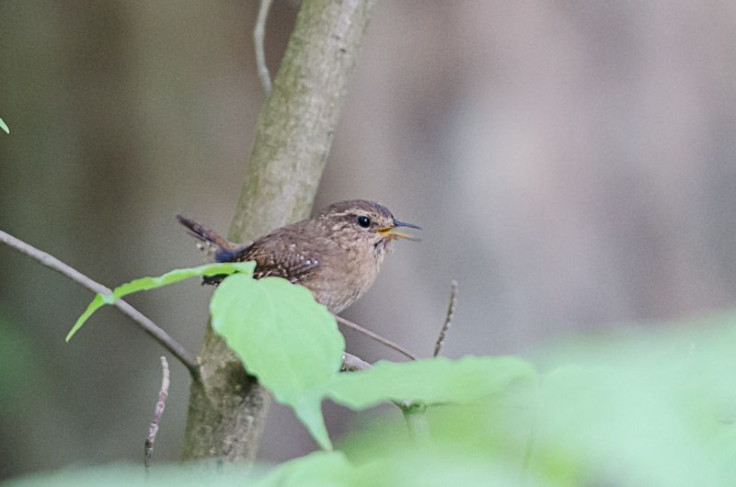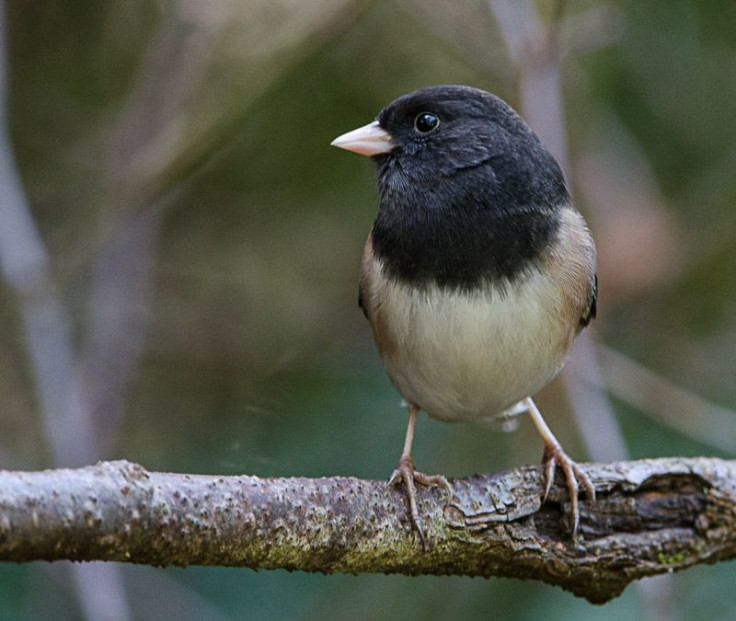Suburban Development Affecting Songbirds’ Reproduction Ability, Study Finds

Other than rodents, songbirds are often the only sign of non-human life in urban areas, and they may be fast disappearing. The spread and development of suburban sprawls are affecting their ability to reproduce successfully, a study found.
Many different species of birds are identified as songbirds, and they are not a monolith, exhibiting different behaviors in the face of vanishing habitat. One group, nicknamed “avoiders,” seems to be the worst-affected, according to the study published recently in the journal PLOS ONE. Researchers from University of Washington (UW) found that “urban sprawl is kicking them out of their territory, forcing divorce and stunting their ability to find new mates and reproduce successfully, even after relocating.”
Avoider birds include species like the Pacific wren and the Swainson’s thrush that are found in the U.S. Northwest. They generally stay away from humans and stay hidden in the cover of fallen trees, root balls, shrubs and ferns, especially when breeding, according to a statement on the UW website.
Study lead author John Marzluff, a professor of wildlife science in the University of Washington’s School of Environmental and Forest Sciences, said in the statement: “Because development requires that these birds move, we force them to abandon the places they selected and go elsewhere, which often entails finding new mates when they wouldn’t have otherwise.”
Researchers found that avoider birds, for the most part, failed to reproduce successfully for at least one year after forced relocation. Moving to a new home and finding a new mating partner could cause these songbirds to lose half of their breeding years.
“To conserve some of these rarer species in an increasingly urban planet is going to require more knowledge of how birds disperse. I expect that as we look more closely, we will find birds that are compromised because of us,” Marzluff said.
Another group of songbirds, called “adapters” or “exploiters,” was also studied by the researchers. These species are a lot more comfortable in human presence, not only tolerant but sometimes even thriving amid human development. Birds like the song sparrow, spotted towhee, dark-eyed junco and Bewick’s wren, often live in people’s backyards, birdhouses and so on. These species were seen to not have been negatively impacted, insofar as their ability to reproduce, by urban development.

The study, titled “Breeding Dispersal by Birds in a Dynamic Urban Ecosystem,” used data collected over 10 years. Birds were tracked over that time in three types of landscapes: forested preserves, already developed suburban neighborhoods and neighborhoods transitioning from forest to subdivision.
© Copyright IBTimes 2024. All rights reserved.





















